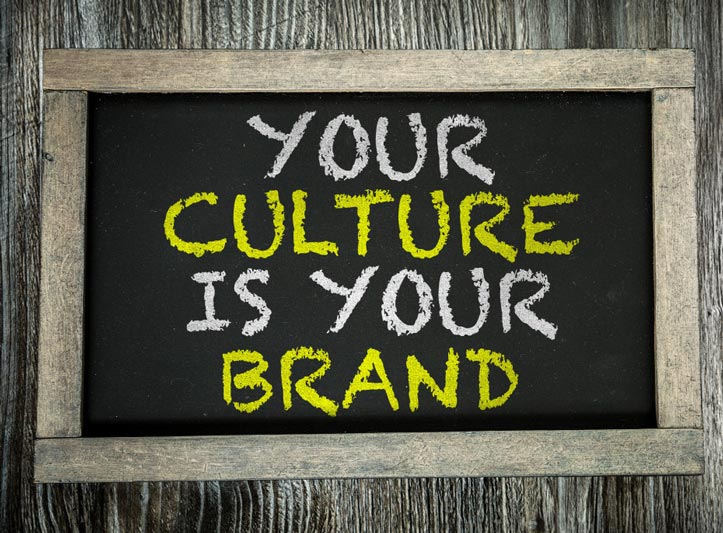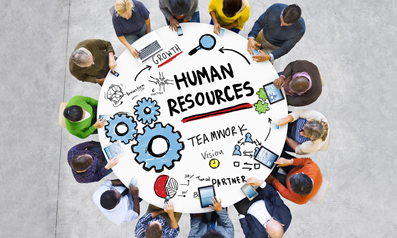Employer Branding is quickly becoming the hottest topic in HR, yet many businesses still don’t know what it means, why it’s important, and how to do it.
In simple terms, employer branding is the identity of a company as an “Employer of Choice”. It’s about a company’s ability to attract and retain top talent in order to stay ahead of its competition. Employer branding is based on the employee value proposition (EVP) that focuses on what it is like to work for your company while focusing on the needs of your target talent.
Based on a recent survey conducted by LinkedIn, 56% of job seekers believe that the most important factor for taking a job is a company’s reputation as a great place to work. “Salary” was ranked before last at 17% while “Prestige” (well-known company name) came in last place with only 7% of the votes. In the same study, 68% of respondents said that they would accept a lower salary if the employer created a great impression during the hiring process!
In another study conducted by Gallup, only 59% of respondents said that they knew what their company stands for and what makes its brand different from other competitors’ brands.
When you start connecting all the dots, you will quickly realize just how important employer branding is to a company’s success.
Employer Branding is not a marketing stint though. It’s a way of doing business and a culture that need to be evident in the workplace and ingrained in its day-to-day operations across all departments. Employer branding is not only restricted to the recruitment process. It fits into every HR function such as onboarding, performance management, compensation and benefits, and training and development. It is also an important component in designing an optimal employee experience.
The Employer Branding Process
The employer branding process is straight forward, but requires a lot of work and research before implementation:
- Understand your target talent: This stage involves a significant amount of internal and external research. When you understand the needs of your target talent then you can craft an employer brand that resonates with them.
- Benchmark against your competitors: The war for talent is getting fiercer by the day. Look at what your competitors are doing and pinpoint the messages they’re sending to candidates. You can do this by monitoring career sites, job advertisements, social media, job fair presence, and more. The goal is to understand what others are doing so you can develop an employer brand that stands out from your competitors.
- Define your employee value proposition: What is the employer identity that you wish to portray to potential employees? What kind of company culture is required to retain your target talent and enable them to perform? These are a few questions that you should answer very clearly because they are the backbone of your employer brand.
- Conduct a gap analysis: Assess your current situation based on the employee value proposition that you developed. Identify any existing gaps and prioritize them based on importance and impact to your employer brand.
- Plan your HR initiatives: Select your top 2 to 3 priorities from the previous step and develop a detailed action plan for each.
- Execute: Put your plans to action and start executing your HR initiatives. This stage includes design, testing, and deployment. Communication and change management are important during this stage.
- Measure: Create relevant performance indicators (KPIs) for your HR initiatives and align them to employer branding KPIs.
Employer branding projects are very involving and leave a mark on the entire company. Ideally, employer branding project teams include people from top management, HR leadership, marketing, communications, and other relevant stakeholders.
Before engaging in employer branding initiatives, make sure you have full support from top management and engagement from key stakeholders.





